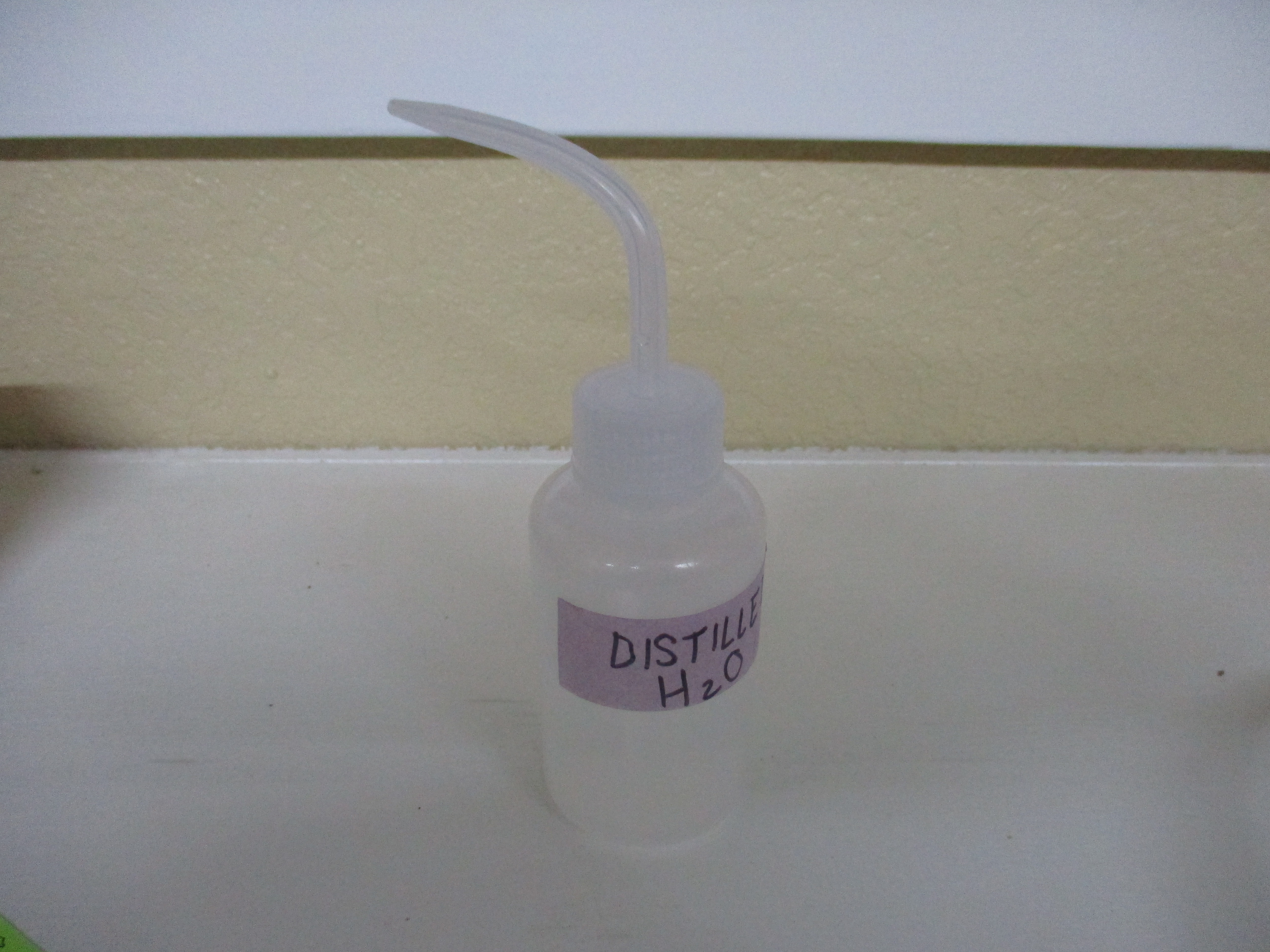Just take the age restriction off of it. It's a good video, and has zero reason to be restricted.
Thanks for the advice. It’s related to beer. We’re all 21 and above here, supposedly. You made an account to post here on homebrewtalk. If you want to watch the video, make an account on YouTube and confirm you’re 21.





















































![Craft A Brew - Safale BE-256 Yeast - Fermentis - Belgian Ale Dry Yeast - For Belgian & Strong Ales - Ingredients for Home Brewing - Beer Making Supplies - [3 Pack]](https://m.media-amazon.com/images/I/51bcKEwQmWL._SL500_.jpg)




